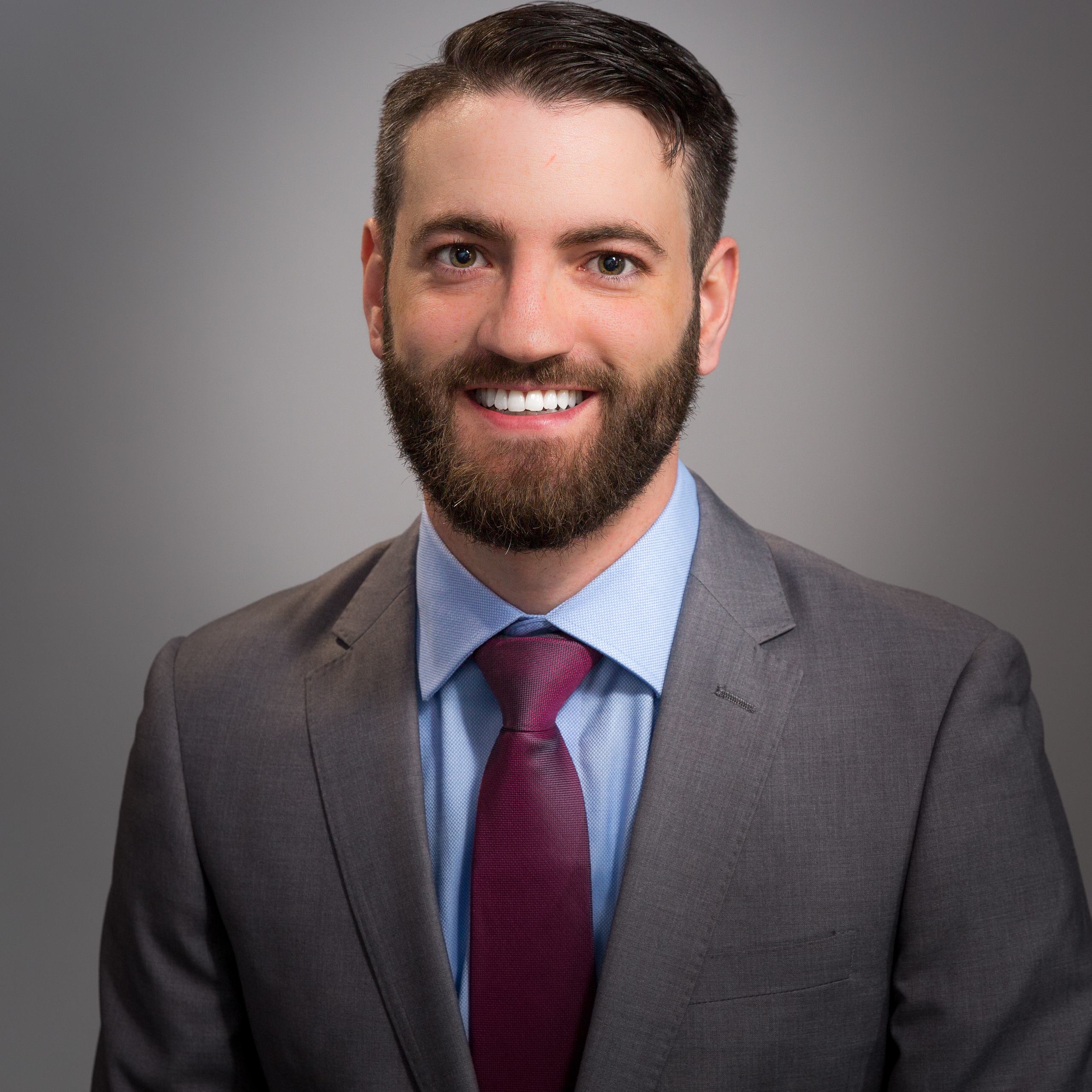Summer is a wonderful time to get outside, be physically active and enjoy seasonal activities. But it’s also a time to follow precautions to ensure we are staying safe in the sun.
Aside from avoiding a harsh, unpleasant sunburn, proper sun protection can offer major health benefits.
“The vast majority of skin cancers are caused by ultraviolet (UV) light, typically from the sun,” said John Durkin, MD, MBA, an assistant professor in the Department of Dermatology at The University of New Mexico.
Other than skin cancer, too much exposure to UV rays can also cause eye damage, age spots and wrinkles.
“We have a high UV index most days here in New Mexico,” Durkin said, referring to the forecast of the expected risk of overexposure to UV radiation from the sun. During the summer months, Albuquerque’s UV index will often reach 11+ on the scale, which is an “extreme” level where full precaution is advised.
While it’s imperative to wear sunscreen, one application may not always be enough, Durkin said.
He advised limiting time in the sun, wearing sunscreen with a sun protection factor (SPF) of at least 50, and reapplying every two hours or after swimming or sweating. Durkin added that sunscreen works best with other options and recommends people also stay in the shade when the sun is strongest and cover up with long sleeves, sunglasses and wide-brimmed hats.
“We typically recommend SPF 50 or higher,” said Durkin, who is also a practicing dermatologist at the Comprehensive Cancer Center. “If you’re going to be outside, try to be outside before 10 a.m. and after 5 p.m. when the sun isn’t as strong.”
Summer isn’t the only time to stay vigilant about sun safety, Durkin said.
“Even in the wintertime here in New Mexico, when it’s a little bit cooler, our sun is still very strong – strong enough to get a sunburn and cause damage to the skin,” he said.
When UV rays penetrate the skin, they can change the structure of the skin cells, damaging tissues and increasing a person’s risk of developing skin cancer.
Skin cancer can affect everyone – no matter their age, gender or skin tone.

If you have a new spot that’s growing, bleeding, not healing, or a mole that’s changing, looks irregular, or has multiple different colors to it – those can all be signs of skin cancer
“If you have a new spot that’s growing, bleeding, not healing, or a mole that’s changing, looks irregular, or has multiple different colors to it – those can all be signs of skin cancer,” Durkin said. “If somebody has a concern about something on their skin, the first step is to contact their primary care physician. Then they can get a referral to a dermatologist.”
Since May is Melanoma and Skin Cancer Awareness Month, Durkin said it’s a prime opportunity to educate people about the dangers of skin cancer, share facts and help save lives.
The Comprehensive Cancer Center held two skin cancer screenings in early May, screening hundreds of Albuquerque metro area residents at no cost.
“We wanted to give an opportunity for patients that have concerns to come in, get screened and see if it’s something they needed to follow up on,” Durkin said. “They could see if they needed to follow up or if we could give them some reassurance that these spots are nothing to worry about.”
He added that the month also provides a chance to discuss the shortage of dermatologists in New Mexico.
“New Mexico does not have enough dermatologists,” he said. “We only have about 30-something dermatologists for a population of two million people – which is a little less than half of the dermatologists we need to adequately care for New Mexicans.”
